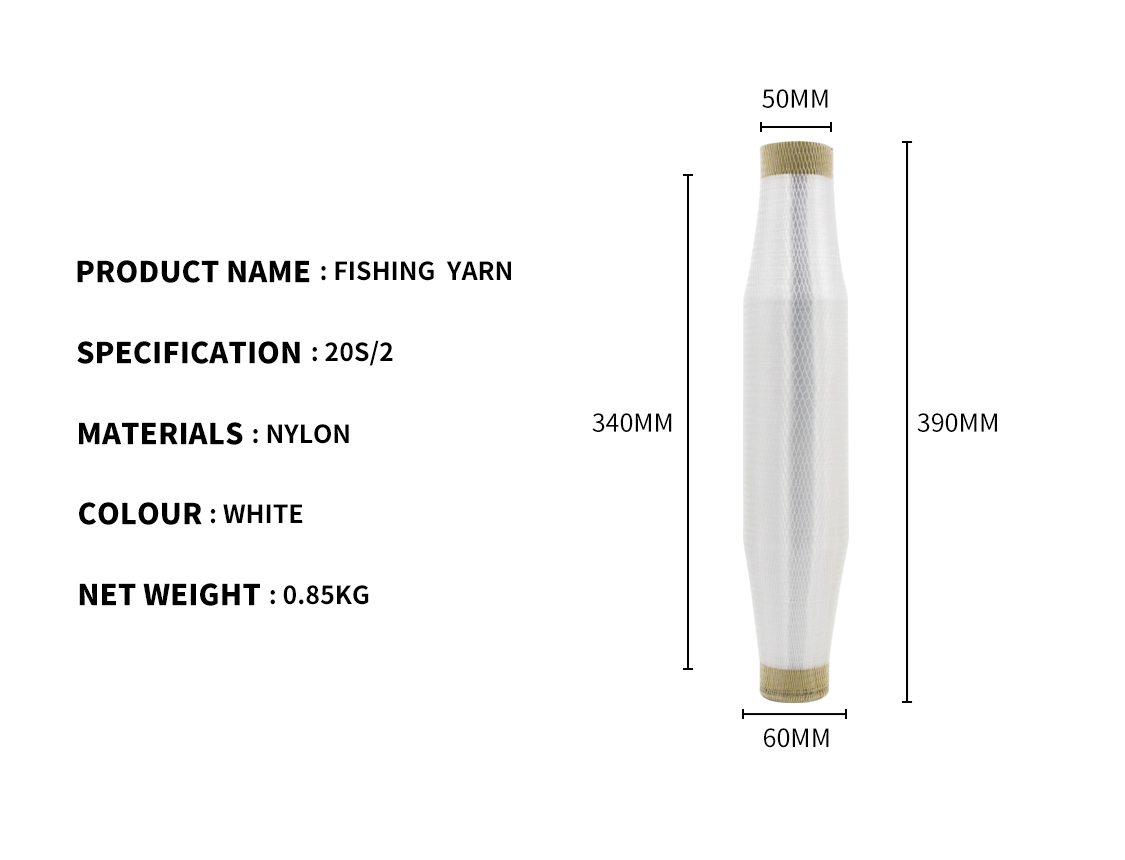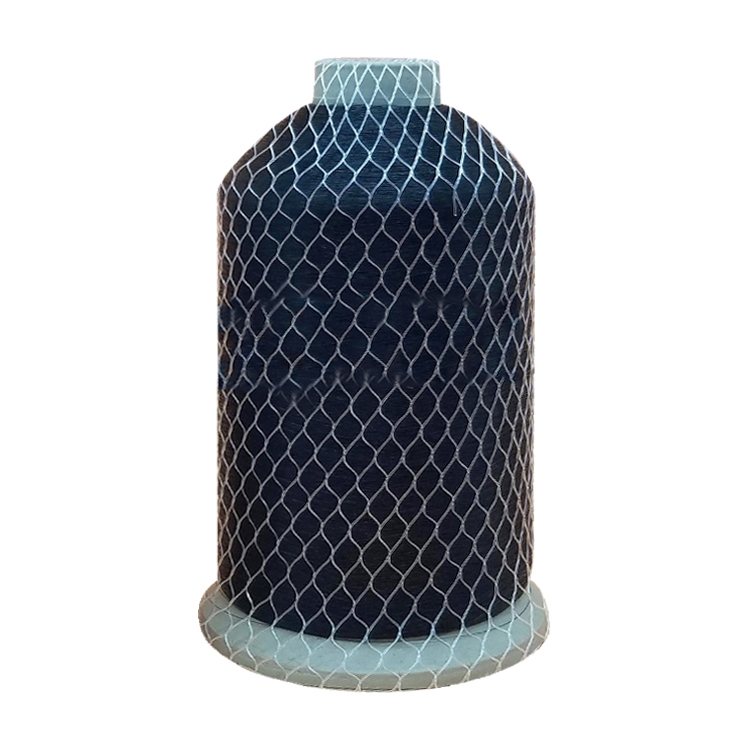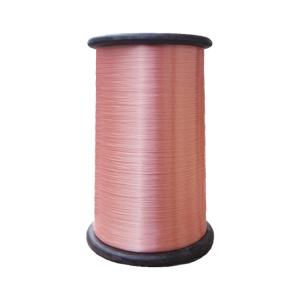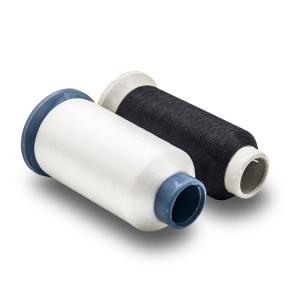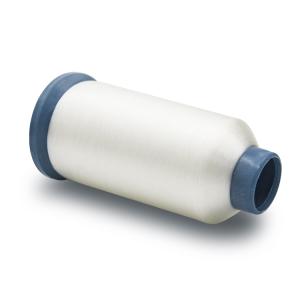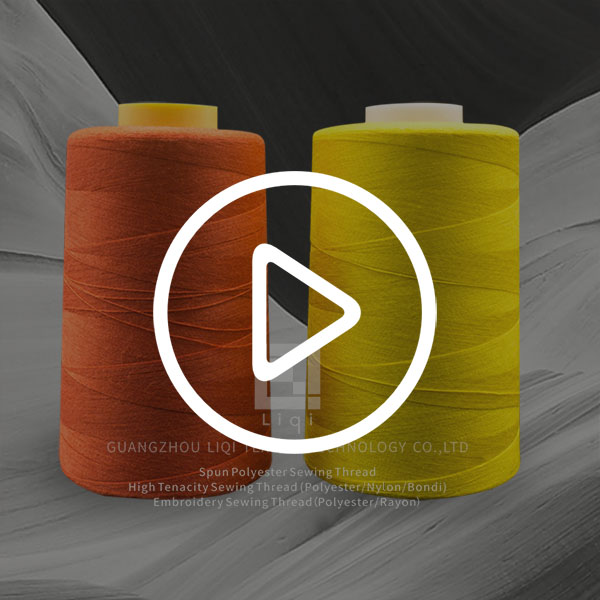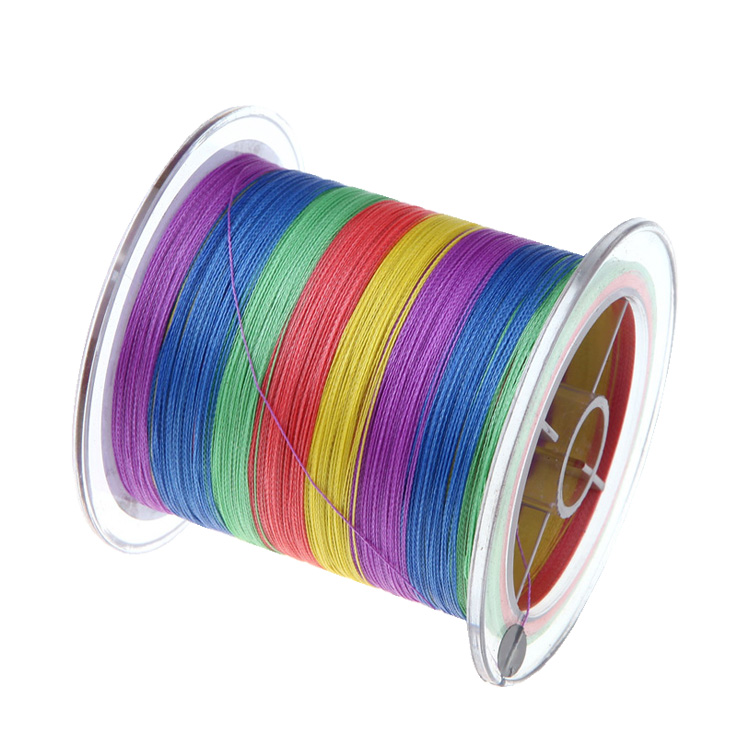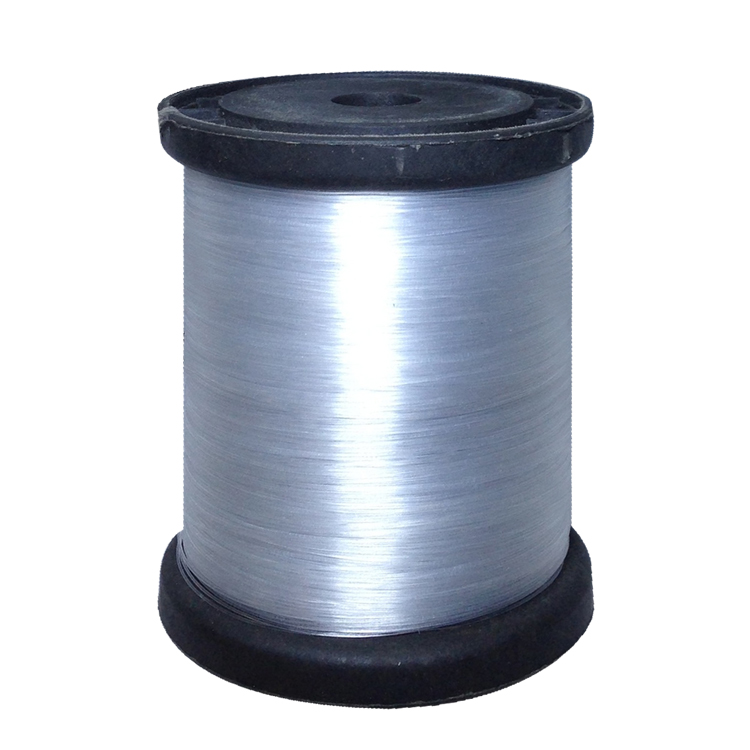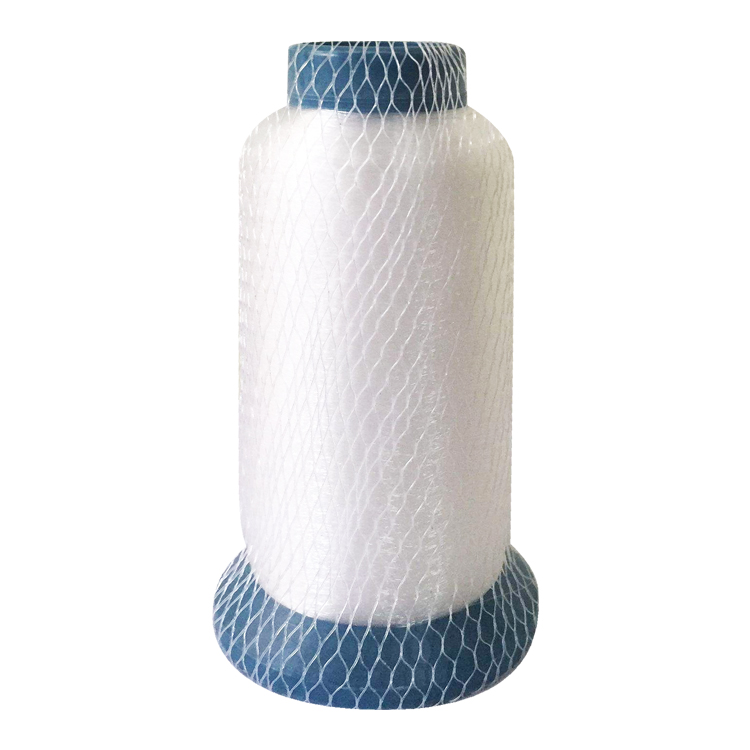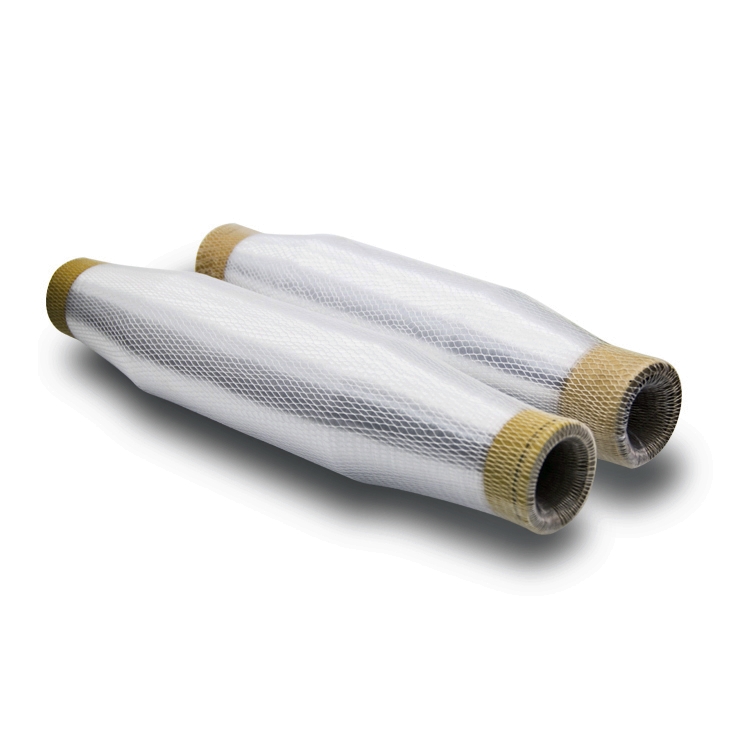Share to:
Related Products
Flame retardant monofilament wig nylon fishing net yarn
LQ-21-04
Price: From $2.89
Delivery time: 9-20 days after payment
MOQ: 500 KG
Material:100% nylon
Pattern:Raw or dyed
Style:Mono yarn
Technics:Mono
Yarn type:Filament
Feature:Anti-bacteria, high tenacity
Use:Embroidery, knitting, sewing, weaving
Twist:S/Z
Evenness:Average
Yarn count:0.05-0.5mm
Strength:High
We usually fish in freshwater waters. Most of the fishing yarns used are nylon. nylon is made by ring opening polymerization of monomers containing amide groups. If we can understand the nature of nylon fishing yarn and its characteristics more deeply, it can be better used in fishing. When we choose the fishing yarn, we will pay more attention to its strength. What aspects will affect the strength of the fishing yarn?
A. The internal structure of fishing yarn
1. The influence of molecular weight of fishing yarn
As we have just said, nylon fishing yarn is made by ring opening polymerization.
The macromolecule of this polymer forms a chain, and the monomer substance before the polymerization becomes a chain segment of the chain macromolecule.
Due to the limitation of processing technology, the length of macromolecular chains of polymers can not be equal, so the molecular weight is not equal, but distributed in a certain range.
Under certain conditions, the strength of nylon filament will increase with the increase of high molecular weight, but to a certain extent, the increase of strength will not be obvious.
Therefore, the molecular weight distribution range of the polymer determines the strength of the fishing yarn: the wider the distribution range, the lower the average strength of the fishing yarn, the higher the elongation, and the worse the fatigue resistance and the greater the strength irregularity.
Therefore, when making fishing yarn, the narrower the molecular weight distribution of the material, the better.
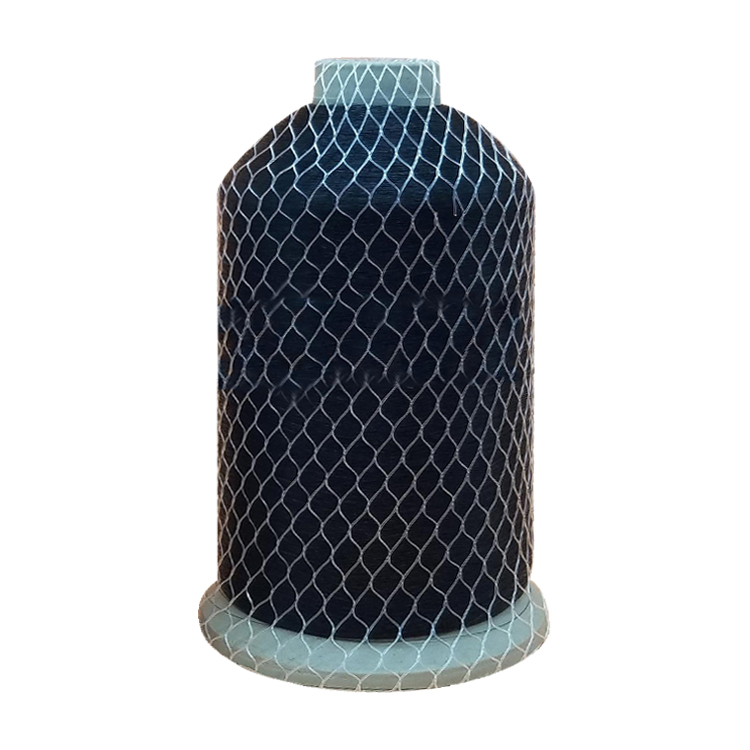
2. The influence of hydrogen bond on fishing yarn
There are many hydrogen bonds between macromolecules in nylon fishing yarn material, so it is one of the high strength synthetic materials. Nylon itself can be divided into many kinds.
The number of hydrogen bonds in different Nylon materials is not equal, and the strength of Nylon materials varies greatly.
The materials used to make fishing yarn are mostly those with more hydrogen bonds between macromolecules.
3. Effect of amorphous structure molecules in supramolecular structure of fishing yarn
According to the supramolecular structure of the fishing yarn, it can be divided into crystal structure and amorphous structure.
Because of the strong hydrogen bond, the crystallinity and crystal size have little influence on the strength of fishing thread. The fracture of fishing yarn mainly occurs in the weakest part of fishing yarn, that is, the number of molecules in amorphous zone (amorphous zone), which directly affects the strength of fishing yarn.
4. The influence of fishing yarn orientation
Orientation degree refers to the degree of equality between macromolecule and axis of fishing yarn. It is an important parameter reflecting supramolecular structure of fishing yarn and one of the important factors determining physical and mechanical properties of fishing yarn.
Generally speaking, high orientation leads to high fracture strength and low elongation of fishing yarn; conversely, low orientation leads to low fracture strength and high elongation of fishing yarn.
This is also the internal reason why we often divide fishing yarn into high strength and low elongation, low strength and low elongation, low strength and high elongation.
Of course, the fishing yarn should be of high strength and low elongation. Nylon with high strength and low elongation has narrow molecular weight distribution, uniform crystal area distribution, uniform size and high orientation.
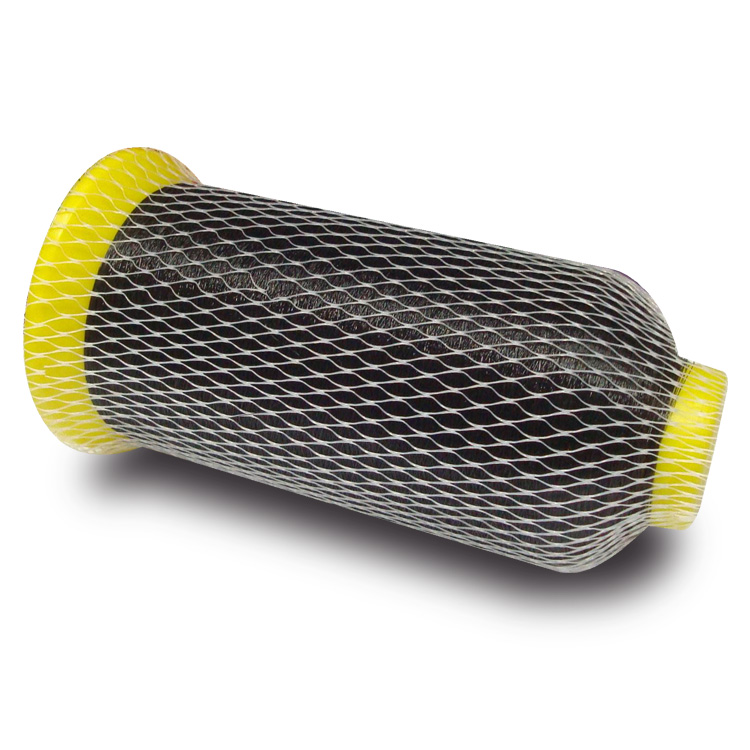
5. Effects of heat and acid on fishing yarn
The C-N bond in macromolecule amide and the C-C bond in main chain of macromolecule in fishing yarn are easy to break when heated, which decreases the degree of polymerization of macromolecule and consequently leads to the decrease of strength.
In addition, the amino and carboxyl groups at both ends of the macromolecule are sensitive to light, heat and oxygen, especially the amino groups.
The decrease of the number of amino groups in the oxidative pyrolysis process will cause the decrease of the intensity of the yarn.
Moreover, amide groups on macromolecular chains are prone to acid hydrolysis, which leads to the breakage of macromolecular chains and the decrease of degree of polymerization.
Therefore, polyamide fibers are acid-resistant, especially inorganic acids.
B. Factors closely related to external forces
There are many external factors affecting the strength of fishing yarn, such as excessive elongation, friction, extrusion, winding, nodules and so on, which will change the internal structure, produce "internal injury", and ultimately reduce the tensile strength of fishing yarn.
1. Elastic and plastic deformation of fishing yarn
During the use of fishing thread, it will stretch because of the tension. Elongation that can be restored is called elastic deformation; elongation that cannot be restored is called plastic deformation.
The elastic deformation of fishing yarn can be divided into two types: rapid elastic deformation and slow elastic deformation with the recovery time.
After the fishing yarn is stressed, the elongation part can quickly recover, that is, the rapid elastic deformation; it takes a long time to recover, which is called the slow elastic deformation.
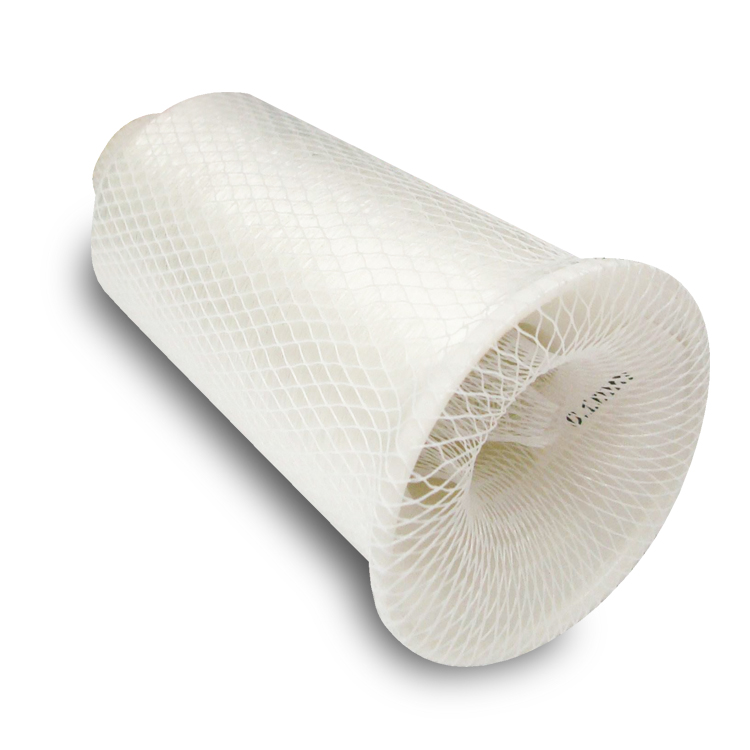
2. Rebound rate of fishing yarn
Rebound rate is an important index to measure the stability, winding resistance and fatigue recovery performance of fishing yarn.
The fishing yarn with high resilience has small plastic variable, little elongation accumulation and long service life every time it is stretched.
By synthesizing the above two indicators, we can understand that when the fishing yarn is stretched by tension, with the increase of external force or the extension of stress time, when the amount of stretching is not much, the yarn has become thin at this time, although there is still a certain tensile strength, but affected by plastic deformation, the tensile strength, flexural resistance and crimp resistance have been greatly reduced.
Decrease, coupled with insufficient rebound rate, even if this time is not interrupted, then it is easy to break the yarn in the next use, should be abandoned, replace the new yarn.
C. Aging of fishing yarn
The so-called aging of fishing yarn refers to the gradual deterioration of the properties of macromolecule compounds.
There is aging in all fishing yarns. The light resistance of nylon fishing yarn is poor, so the main reason for the aging of nylon fishing yarn is sunlight. According to the data, the strength of nylon material will decrease by 36% after 200 hours of sunlight exposure.
Of course, under the condition of avoiding light and normal room temperature, the fishing yarn will also have a certain degree of aging.
The author believes that as long as the fishing yarn has a good appearance (normal transparency or translucency), qualified strength by hand pulling and good flexibility by touching and winding, it can be considered that it has not yet aged. Generally speaking, it is no problem to keep the fishing yarn for less than 5 years under normal room temperature and dark conditions.
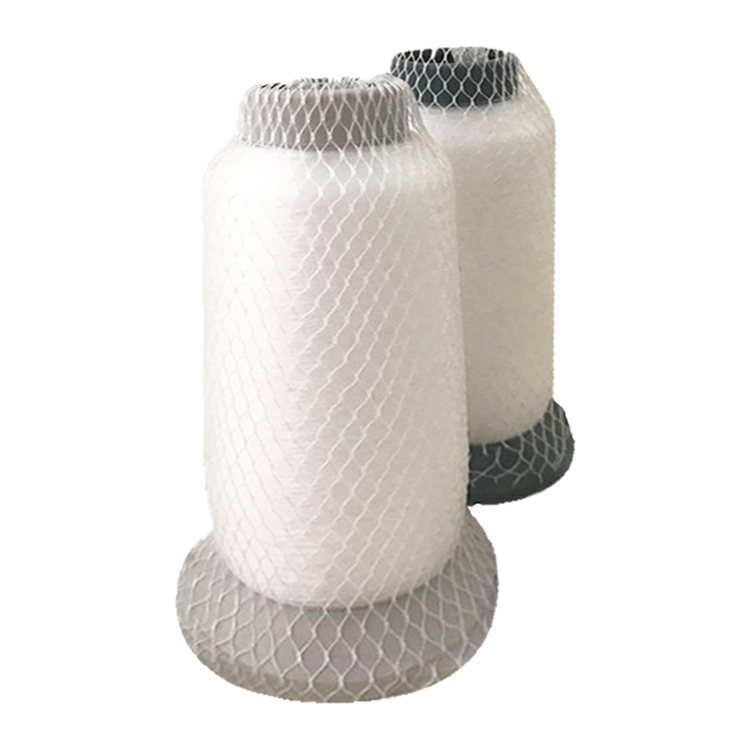
D. Linear parameters of fishing yarn from manufacturer
In fact, manufacturers do not require the quality of fishing yarn as most fishermen do.
They consider several indicators of fishing yarn comprehensively (softness, elasticity, toughness, restorability, water cut, wear resistance, durability), among which there is no strength. However, the fishing yarn manufacturer will use NT (xx) to indicate the strength of the yarn. NT is a strong abbreviation in English.
At present, the biggest direct tension of fishing yarn is NT80.
The joint strength of the yarn higher than NT80 is not high, that is, the yarn is particularly brittle, which is only equivalent to the nodular pulling force of NT20 yarn.
Li Qi's braided fishing yarn is a fishing line made of more than four strands of ultra-high molecular weight polyethylene (uhmwpe) fibers.
The common PE braided yarns are 4, 6, 8 and 16. The tensile strength of this fiber is the strongest in the world.
There is no material comparable to it. It absorbs the characteristics of the fishing yarn from DSM in the Netherlands, Honeywell in the United States and China. PE braided fishing yarn has super high tensile strength (5 times of nylon) and super abrasion resistance, but its sensitivity and shearing water are affected by the water absorption of fiber braided.
With the development of fishing yarn industry, a fire thread with higher sensitivity and faster water cut and no water absorption (4 braided fusion line), PE diamond fishing yarn are derived. Fish yarn (4 braided stretch rebound finalization), PE laser fishing yarn (8 braided stretch rebound stretch finalization), PE single fishing yarn(single non-braided).
